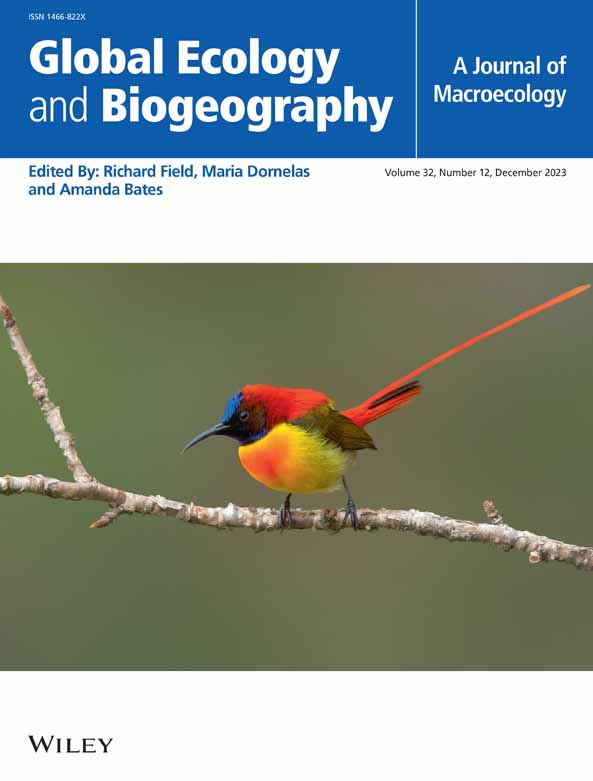Towards a More Nuanced Understanding of Long-Distance Rafting: Case Studies From the Southern Ocean
Abstract
Problem
Rafting is now recognised as a key process influencing the distribution and connectivity of several marine and coastal species. Rafting scenarios are, however, often invoked in ways that do not account for clear differences in biogeographic outcomes. Here, we illustrate the value of utilising multiple lines of evidence (e.g. different life histories, ecologies, and dispersal frequencies) in elucidating the historical, modern, and future significance of ocean rafting. We discuss these issues using a range of exemplar studies from the Southern Ocean, where rafting clearly underlies many different distributional patterns, although our conclusions hold generally.
Explanations
Such differences appear to be underpinned by variations in several life-history characters, with, for instance, direct-developing taxa more suited to long-distance rafting events that might span multiple generations. Rafting success is also shaped by a diverse suite of factors including the durability of the raft, the presence/absence of resources and competitors (intra- or inter-specific) at the destination, species' environmental tolerances, latitudinal movements in the position of oceanographic fronts, and the frequency and intensity of extreme events such as storms. Several of these factors are influenced by climate change, so a detailed understanding of their roles is increasingly important—particularly as many species' distributions are shifting.
Future Prospects
The Southern Hemisphere—which has considerably more ocean than the Northern Hemisphere (81% vs. 61%)—provides biogeographers with a wealth of information on such processes, as well as intriguing examples of the puzzles we still face. Powerful new tools, including high-resolution genomic analyses, ancient DNA, and environmental, ecological and oceanographic modelling, are providing a more granular picture of biogeographical patterns. These novel methods, together with a broader consideration of the factors affecting rafting success, can pave the way for an improved and properly integrated understanding of the eco-evolutionary outcomes of long-distance dispersal via rafting.


 求助内容:
求助内容: 应助结果提醒方式:
应助结果提醒方式:


